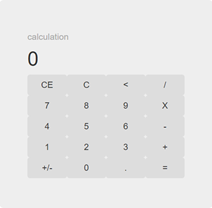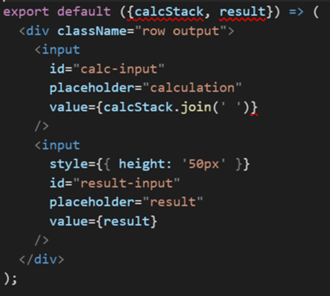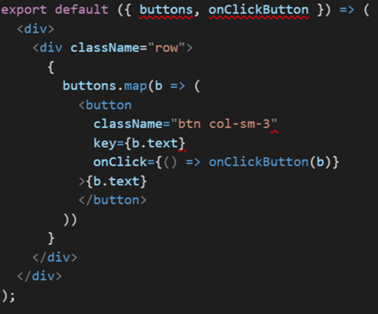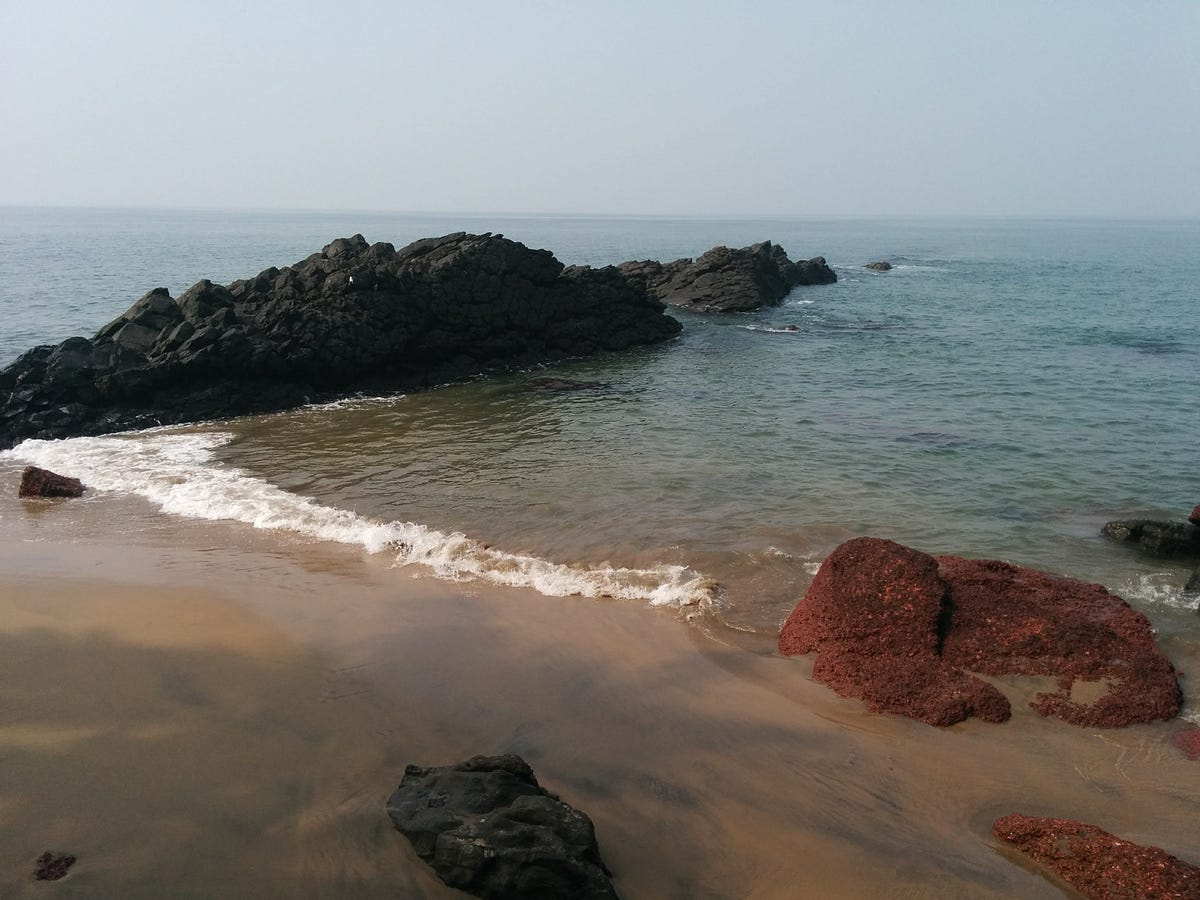 |
| On the bus |
We have a left Goa, Renana and I are on the way east to Hampi. We planned to go southward to Gokarna, as it should be very beautiful and quiet, but instead we have
decided in the last minute that it is time for Hampi.
Every person we asked about Hampi didn't say much, but their
dreamy eyes said enough. Hampi is also one of the reasons why I came to India. My
brother stayed there for a long time, and his stories always made me want to go
there. He told me about Yoga and Rock climbing and it sounded amazing.
After looking for information about the way to Hampi all over the
Internet (ok, all over Google) we decided to let go and find our way. I'll try
to break it down, so the following generations will be able to find it.
We started by going to Arambol’s bus station. These days it is by
the HDFC bank, but just ask about it and people will help you.
From Arambol we took a bus to Mapusa, about 30 minutes. From
Mapusa we've taken another 30 minutes' bus to Punjab. Now we're on the bus to
Dharwad. We wanted to take a bus to Hubli (or Hubballi) because we know it's a
main city on the road to Hampi, but the driver misled us and told us this is
the right bus, only after he started driving he said we need to take another
bus from Dharwad.
I'll update this after we finish the trip and know the way :-)
We spent a week in Goa, and we stayed only in Arambol. It's a big
beach, with many restaurants and guesthouses (and more on the way). I could
stay there for a longer time, but since we already left I can tell you that I'm
not a beach person. Humidity, sand and salt are not my favorites :)
We arrived in Dharwad and immediately took the
bus to Hubli. The bus arrived in Hubli by night time, and we decided to sleep
in a hotel there and continue in the morning. We didn't find a good hotel,
every one of them was expensive and dirty, but we settled on something and went
to sleep.
In the morning we took a bus to Hospet and from
there another bus to Hampi.
As much as the road was long and we had to sleep
in a dirty hotel, I really enjoyed the way. I didn't feel the hours (about 7
hours on the first day and 5 hours the second one), they passed really quickly.
I saw beautiful scenery on the way (no pictures, sorry, we were too focused on
the view). I would prefer this road every time versus
taking a tourist bus (which always go at night).
So we have arrived to Hampi. I'm writing this passage on Friday,
after being 5 days here. And I can already see me staying here for a month.
That is what we're planning to do. I'm planning to finish the FCC frontend
certificate and start looking for a remote job. I figured that I should start
by having something to show, so when I'll finish the certificate I'll start
working on my own side project.
Every day I'm sitting for a few hours in the café with my laptop.
Working on my blog and FCC. I actually feel like I'm putting more time on my
blog than I want, although I don't post much. My day starts with some exercise,
yoga, running or acrobalance. Afterwards we're having breakfast and I'm working on my laptop. Then
we're taking a trip around.
One day Renana rented a motorbike and we went to a waterfall and a
lake that were beautiful. We had to go to the lake as soon as we could because
it's a dry season here. The lake gets lower every day because of the lack of
rains and the use of its water for the local agriculture. Anyway, we arrived at
the lake and it was amazing; you drive on a straight road seeing only glimpses
of water hidden behind a wall and when you pass a curve in the road, you
suddenly see the whole lake.
We stopped at some spot near the lake and went to watch the
sunset. We don't have luck with sunsets and also this time we arrived when the
sun had disappeared behind the mountain. But we stayed at the lake for an hour
and enjoyed the view. Our bikes were left a few minutes' walk from where we sat
and when we were back, we found out someone stole a bottle of gas we left in
one of the bikes' trunk. Since there wasn't anything we could do we decided to
continue and go back to our guesthouse.
It seemed like luck wasn't on our side and one of the bikes
couldn't start. We started pushing it to the nearest village, depressing... After
a few minutes three people riding a big bike stopped on our side to offer help.
The first thing the driver said to Renana "I know you, you're from my
guesthouse". It appears that he's the nephew of our landlord and he has a
guesthouse by the lake that he's opening soon (The name of the guesthouse is
"The Whispering Rocks". He was on his way to his place when he saw us
and decided to help.
They checked the bike and decided we cannot run it. He told us to
join the other bikes and they will push the bike. Before we understood what's
happening, one of them went on the faulty bike and the others started riding by
him, pushing him and helping him to speed. In a few seconds they were far away
and we had to run after them. They continued pushing him this way all the way
to our guesthouse where we took the bike and thanked them. Everything ended
good and now we will remember this as a good experience. I'm really looking
forward for him to open his place, so we can come and celebrate with him and
offer our help.
Another day I woke up early and went for a run. As always, I let
my feet decide where I go and they took me to a farm not far from the village.
There was a gate blocking the way, but when asked, the gatekeeper agreed for me
to go inside for a run. He explained to me that this is an Ashram, where people
have meditation retreats. I ran around the farm, through the rice fields, and
arrived to a beautiful river where I saw a group of people meditating on its
shore.
 |
| My morning run |
Today we went to the other side of the river. We're staying on the
Israeli side. It's actually full of tourists from all over the world but you
can feel the Israeli vibe here. The main village is on the other side, but in
addition to the village there are many temples. We had a short tour in some of
the temples and after that we decided to climb up one of the hills. We saw on
the hill top a small white temple and we decided to visit it. Climbing wasn't
long and there were steps most of the way. And the view was AMAZING.
 |
| The hilltop |
On the way down we took a different turn from the way up and ended
on the other side of the hill. We did a long round tour and ended where we started. On the way, in the
entrance of a temple we met this jewelry seller, Babu. He showed us some of his
merchandise and told us about his village. He offered to give us a lesson in
jewelry making which sounded very interesting, although I think my jewelry
making abilities won't be very good.
When he heard we are hungry he offered us a Dhabha (Hindi for
restaurant) close to where we sat. We went there and ate "Gobi Rice"
as he recommended us to eat. It's fried rice with cauliflower – tasty. The
restaurant workers and owner were very excited to have tourists at his place
and made a very good meal for us. We will be back to the restaurant next week
and I'll have a picture of the place for you.

















